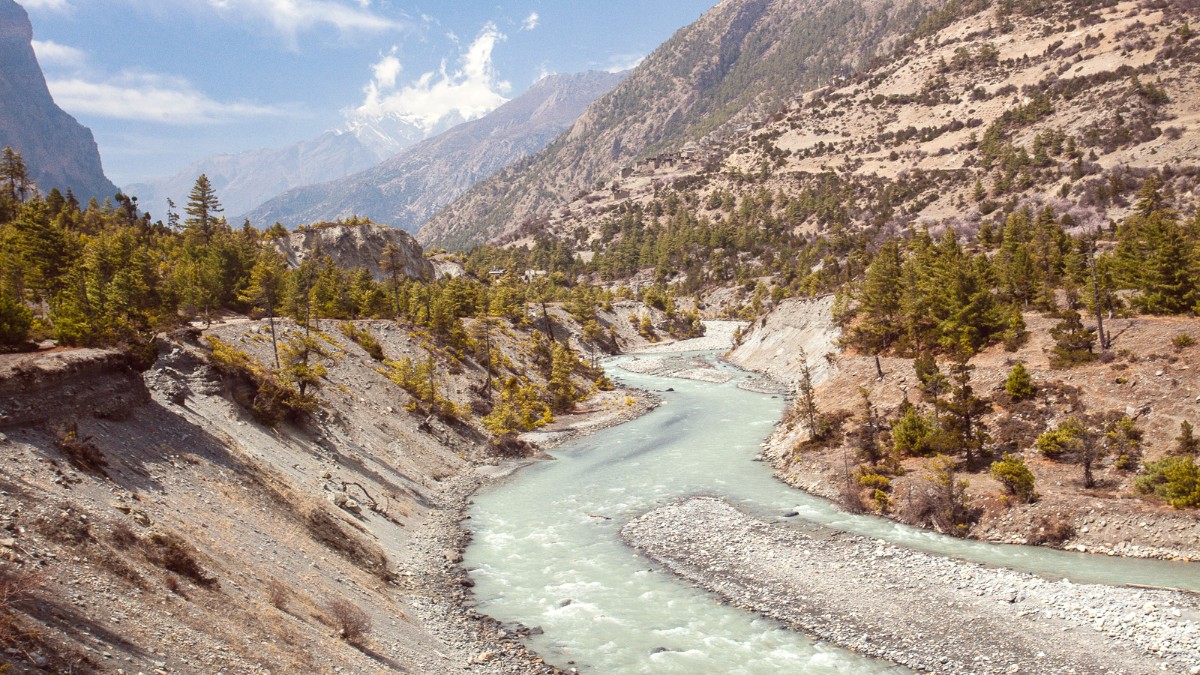
Nepal
The Annapurna Circuit demands endurance and strength. Your fitness regimen should begin several months before your trip. This helps your body adapt to sustained effort at high altitudes. Focus on cardiovascular exercise, as this bolsters your heart and lungs for the thin air.
Include long walks with a weighted backpack, mimicking trekking conditions. Incline training and stair climbing further strengthen your legs for the mountain terrain. Core strength and balance are also beneficial for stability on uneven paths.
Bolster heart and lungs for high altitude air.
Walk with a backpack to simulate trek conditions.
Incline training and stair climbing for leg readiness.
Acquire ACAP and TIMS permits, and your Nepal visa, well in advance.
Ensure coverage for high-altitude trekking and emergency evacuation.
Book international and domestic flights, and plan trailhead transport.
Organize your gear, clothing layers, and personal medical kit.
Embrace responsible travel practices that benefit both the environment and local communities. Your actions contribute to the Annapurna region's long-term sustainability and cultural preservation.
Dispose of all waste responsibly.
Be mindful of water usage.
Reduce reliance on wood fuel.
Engaging with local communities enriches your trek and contributes positively to their well-being. Cultural exchange forms a part of the Annapurna Circuit experience.
Seek permission before taking photos of people.
Respect privacy.
Dispose of all waste properly.
Leave no trace behind.
Observe local customs and traditions.
Dress modestly.
The Annapurna Circuit leaves a lasting mark, a transformation born from navigating its paths and embracing its culture. This section reflects on the enduring impact of your journey.
The highest point of the trek, offering panoramic views.
Cozy evenings, shared meals, and warmth around the stove.
From lush forests to arid high-altitude deserts.
After completing the Annapurna Circuit, many trekkers find themselves eager for more Himalayan adventures or a exploration of Nepal.
Basic phrases deepen cultural connections.
Experience local celebrations.
Contribute to local development projects.
The Annapurna Circuit Trek is more than a physical challenge; it is a profound journey of self-discovery and connection with an extraordinary landscape and its people.
The memories forged and lessons learned on these ancient trails will remain with you long after you descend from the high Himalayas.